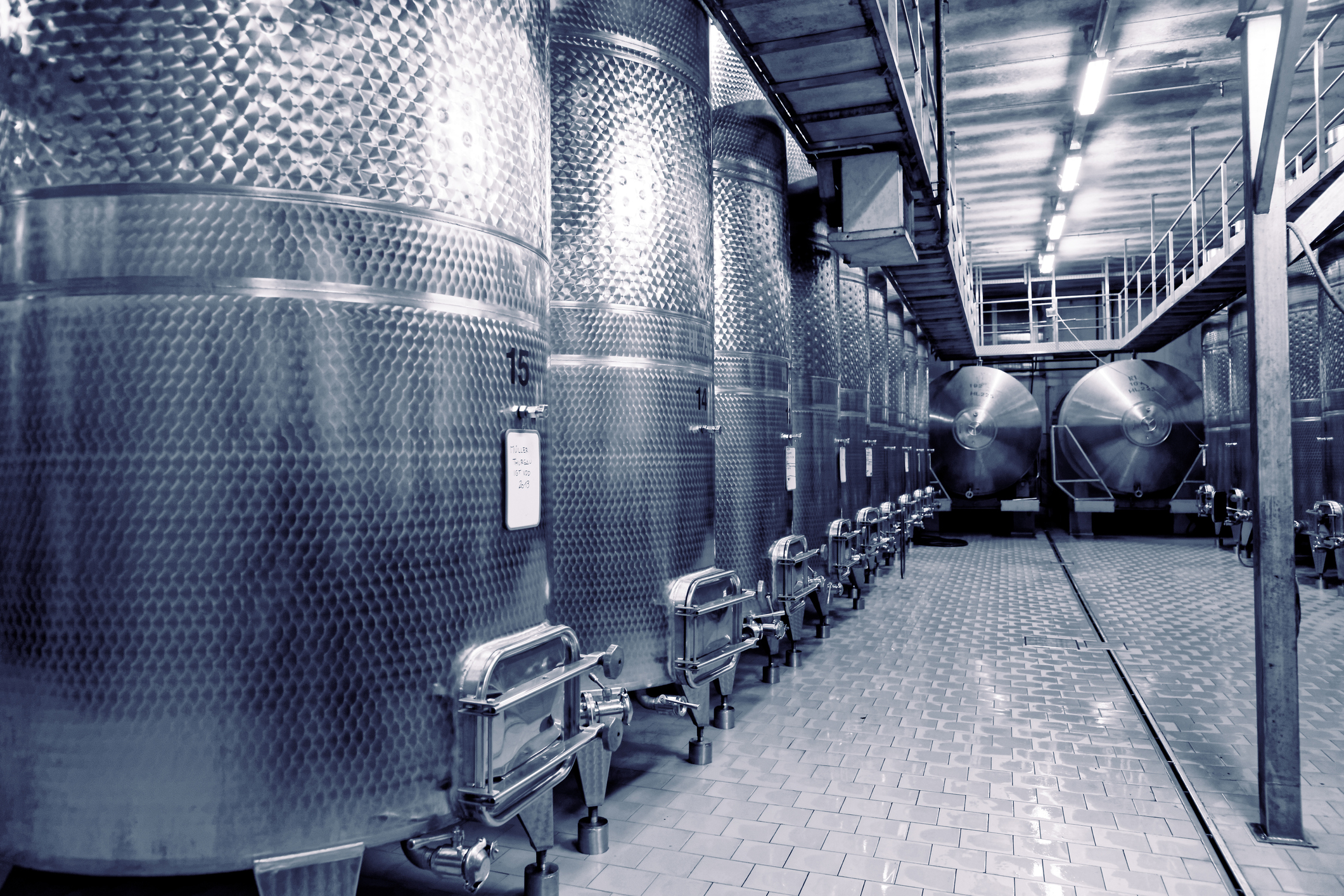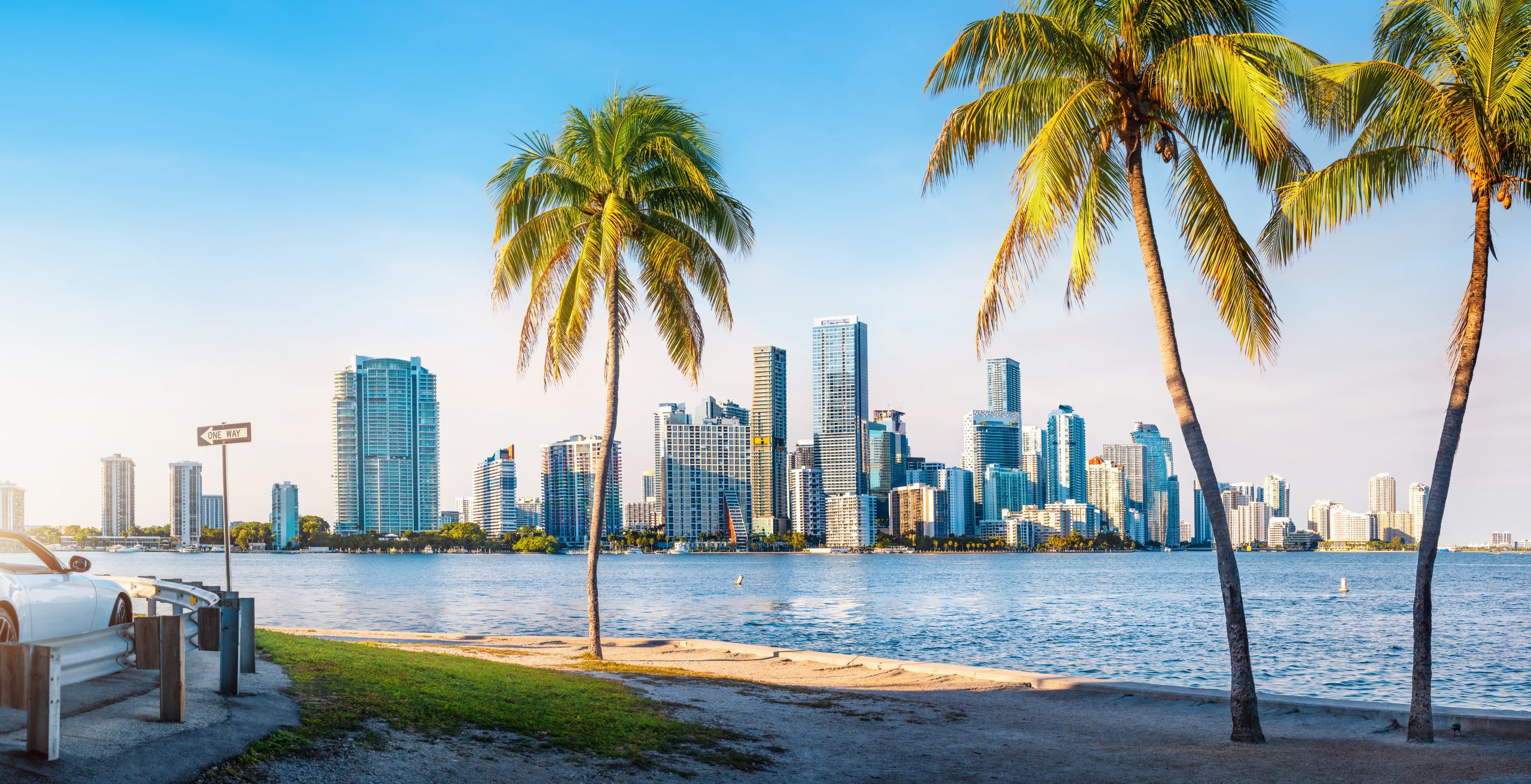AI wine tasting tech ‘Tastry’ hits Europe this year
An artificial intelligence system that helps winemakers choose the perfect tanks for blending will arrive in Europe in 2021

The tech start-up that taught a computer how to taste wine is gearing up to bring its artificial intelligence to the UK, and it could benefit English winemakers.
Used to help wineries improve their products, the technology is currently available in the US, but Tastry founder Katerina Axelsson is readying to bring the system across the pond. Here’s everything you need to know about the AI.
Tastry uses artificial intelligence (AI) to analyse tens of thousands of wines a year, generating vast reams of data to help winemakers and retailers produce and target their products more effectively.
First developed while Axelsson was a chemistry student working in a winery, her sophisticated AI analyses wine samples, consistently identifying thousands of compounds, which come together to create the wine’s flavour profile. Tastry is then able to compare the wine’s aroma, texture and colour with other wines logged in the database. The idea is to eliminate the “idiosyncrasies” Axelsson noticed in how wine was evaluated by humans.
Axelsson’s method allowed her to develop the Bottlebird wine recommendation app, which launched in the wine aisles of retailers in 2019. Consumers take a quiz, input their flavour preferences, and the software recommends a suitable wine with 80-90% accuracy at the first attempt, rising to 95% accuracy with additional input from the user.
THINK TANK
Partner Content
Rather more excitingly, Tastry has now begun working directly with winemakers in the US, including O’Neill Vintners and Distillers, one of the largest wine producers in California, on recommending which tanks to use in its blending process.
For some of its blends, O’Neill combines wine from “upwards of 30 different tanks” to create the desired flavour profile, according to Marty Spate, vice president of winemaking and winegrowing at the company. Tastry’s system enables the winery to “streamline” the blending process by suggesting which specific tanks to use for their preferred results. “Tastry is not a replacement for the modern winemaking team,” Spate has said. “However, that data can be pretty powerful.”
Later this year, Tastry will arrive in Europe in collaboration with an online retailer, which could well change the way we choose, buy and even produce wine.
“It takes time to educate any industry about AI and its benefits,” Axelsson said. “But if the use case is there and the value proposition is there, I think it’s just a matter of time before people really embrace it.”
Axelsson is already looking beyond wine, having conducted tests for beers, spirits, coffee and fragrance.
To infinity and beyond…




